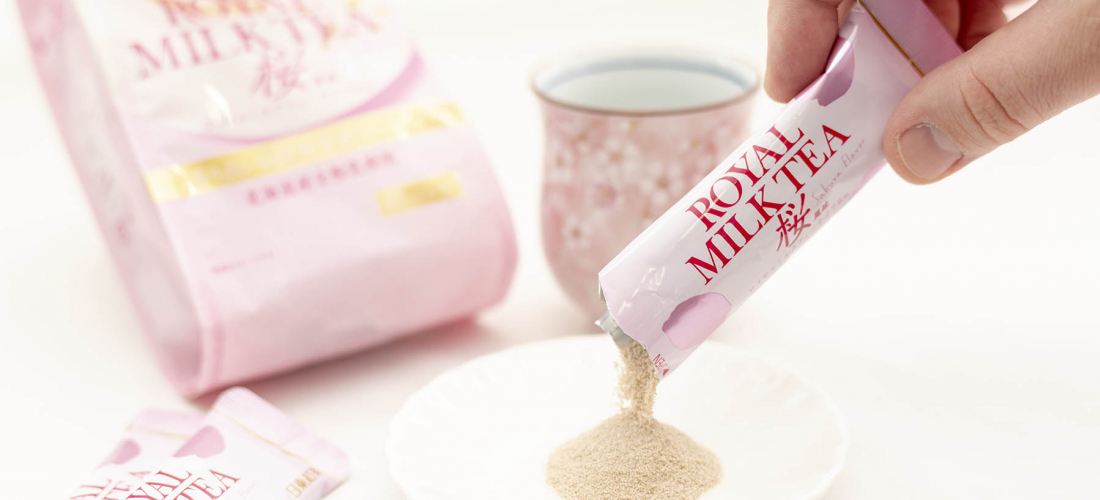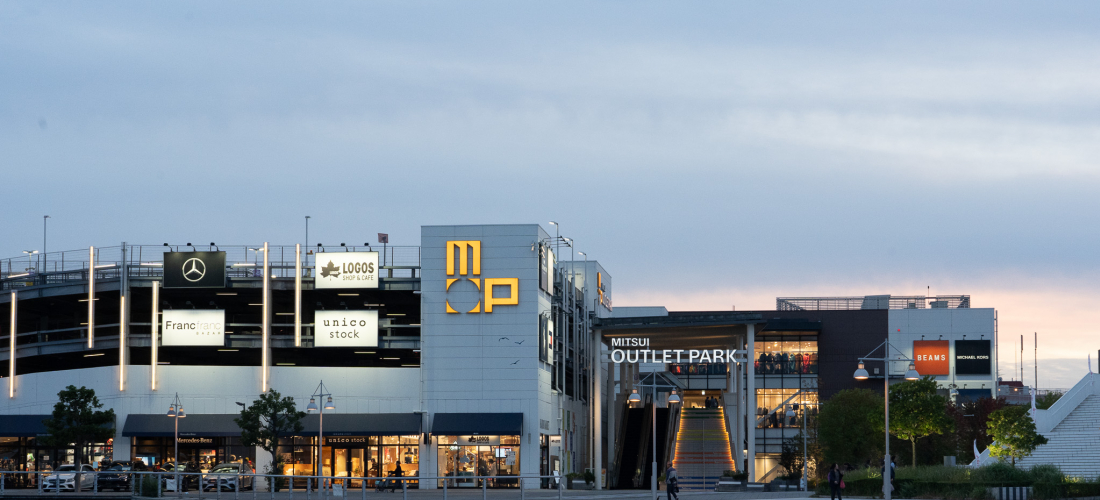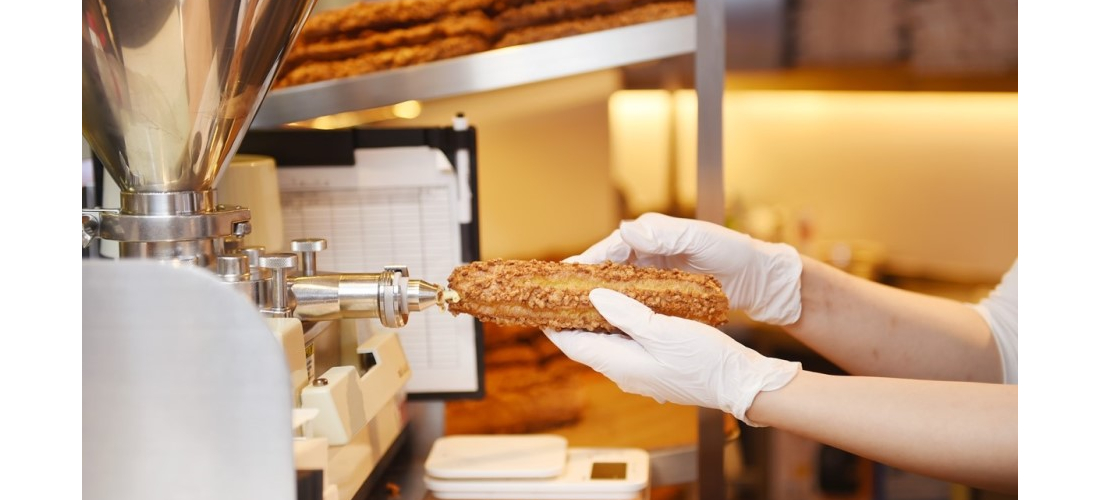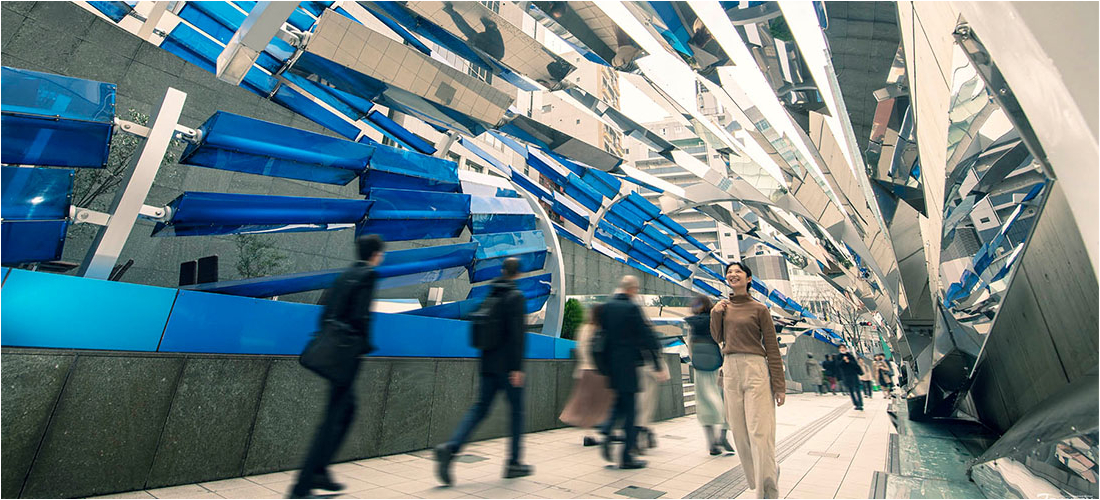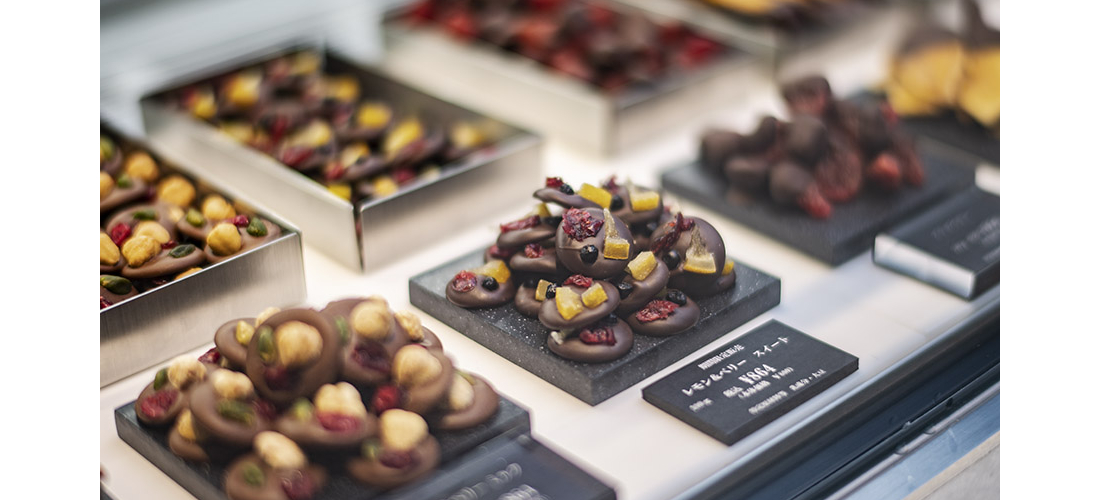
CONTENTS
Mary’s Chocolate has been making gourmet chocolate in Japan for more than half a century, and we can thank them for bringing the Valentine’s Day chocolate-giving tradition to the country (the best part of the holiday)! Plus, just steps out of Tokyo Station, follow your nose and head towards the luscious, sweet scent of chocolate – you’ll find yourself at Mary’s Cafe, where you can make custom chocolate bars and treat yourself while you wait for them to cool. Forget the waxy sweets you find in Japanese convenience stores, we recommend you make your way to Mary’s Cafe (or pick up some Mary’s Chocolate in the airport!) – you won’t regret it.
Mary’s Chocolate: Rich in Flavor & History
Mary's Chocolate came into being during a time of great change in Japan, when Western influence was bringing all sorts of things into the country, including new delectable sweets. Calling to mind the happy children already enjoying chocolate treats overseas, the name Mary and the logo featuring a ribbon-wearing girl became forever connected to Japanese chocolate.
The company's aim has always been to make chocolate so beloved that it will leave you with the same feeling as music-lovers calling for an encore. With that goal in mind, in 1950 Kentaro Hara started Mary's Chocolate as a small factory in Tokyo's Meguro area.
When you try some Mary's Chocolate, you're tasting a little piece of history. Far into the 1950s, Valentines Day was an unknown in Japan. Romance was sometimes celebrated in July, during the traditional holiday of Tanabata, but there were no traditions connected to February 14th! That is, until one fateful day in January 1958, when a Mary's Chocolate employee received a postcard from a friend living in Paris. In the short message, that friend happened to mention the French tradition of giving romantic presents, flowers, cards, and chocolate, to a special someone on February 14th. The inspired Mary's Chocolate employee brought this news of romantic Parisian customs to work, and the rest is history!
Of course, in the world of sales nothing goes quite so smoothly, and things took a few years to catch on. When Mary's Chocolate held their first Valentine's Day Fairs at Tokyo department stores that February, 1958, they only sold three bars of chocolate and one card! They made a total of 170 yen.
Image Source: Mary's Chocolate Website
Things have changed in Japan since 1958, and Mary's Chocolate has continued to contribute to the Japanese tradition of women giving men chocolate on Valentine's Day. One intriguing early innovation was large chocolates sold with metal styluses, letting the gift-giver write To and From names right onto the chocolate.
And Mary's Chocolate has never lost its inventive spirit or its connection to the international world of chocolate. In 2000 the company became the first non-European confectionery to enter the Salon du Chocolat, and they've been bringing a little taste of Japan to the competition ever since. The Mary's Chocolate chocolatiers, producing chocolates featuring fragrant yuzu and bitter matcha, have played a part in bringing these unique flavors to the international world of high-grade chocolate. More recently, in 2016, homegrown Mary's chocolatiers working under the label of Tokyo Chocolate even won the CCC Award, reserved for the world's top tier chocolatiers.
A Trip to the Chic Mary’s Chocolate Cafe
Mary's Cafe
1F KITTE Marunouchi, 2-7-2, Marunouchi, Chiyoda-ku, Tokyo
10:00 am ~ 10:00 pm
Official Website
(As we write this, there's just this one shop, a unique little cafe in a city of chains, but Mary's is planning to open one more location all the way over in Kyoto in fall 2019!)
Entering the shop, we found ourselves in a cute pink-walled cafe, with comfortable seating and tendrils of chocolatey aromas filling our noses. (When you visit, keep an eye out for the cool steam-punk looking coffee makers near the entrance!) We asked about the mysterious R-shaped logo on the wall, and were told that it's for "Ruru Mary's." In Japanese, ruru (縷々) means to keep going for a long time, so the logo is meant to represent the long history of Mary's, and its continuation as a line of delicious sweets. The Ruru logo looks a little like an R, and a little like a Japanese "ru" (る)!
We were greeted first thing by the chocolatier working near the front of the cafe, where things are set up for making custom chocolate bars. This custom chocolate is definitely one of the coolest and most unique parts of the cafe, and we thought it would make a great souvenir! (It was hard not buying a few of them as just-for-fun gifts for friends.) Talk to the pro chocolatier and they can help you make the best possible chocolate bar for you, or a special someone, with advice on what kind of chocolate and toppings to choose. They know what flavors will go great together!
Get your custom chocolate bar made with any of their three kinds of chocolate (white, milk, or dark), and then choose what you want on top. There are all kinds of dried fruit, a selection of nuts, and more (plus some seasonal selections). With all the options, it's not an easy decision, which is why we appreciated how you can really talk with the chocolatier. She told us how the candied lemon was a popular summer choice (as it adds a bright pop of tart flavor to the rich chocolate), but that Kiyomi orange was a great option for anyone who wants a uniquely Japanese treat. We went with a few different toppings, and the bitter-sweet Japanese Kiyomi added a unique flavor to our finished bar; it was definitely a good suggestion!
Our chocolate bar is coming to life…
… and taking shape…
We had good timing, and got to watch the chocolatier at work tempering chocolate for the day's sweets. Even if you miss that, though, you can watch them pipe the chocolate into the mold for your custom bar, and then carefully add on your selected toppings.
We went for a fairly standard-sized bar, but if you want more of a deluxe-sized option, the custom chocolate comes in a huge round shape as well. It's a little like a personal pan pizza of luxury chocolate.
With the orange and nuts artfully arranged like this, we think she made us a pretty spectacular bar of chocolate. And certainly a delicious one!
For an extra hundred yen, we got our bar in a little gift box. What can we say, we like cute things.
While You Wait for Your Custom Chocolate Bar…
Alright, the toppings have been chosen and we're waiting for our custom chocolate bar to cool! Now what?
Well, the cooling process usually takes about an hour, so the staff mentioned that customers generally have two options: ① if you're just visiting Japan, you can go off on the rest of your trip, and arrange to pick the chocolate up the day before you leave Japan (handy if you're in Tokyo first thing!) Or ②, just grab a drink or a snack, hang out in the cafe, and relax for an hour. Option 2 sounded pretty ideal to us, so we set off to explore the rest of what the cafe has to offer.
If you're getting your custom chocolate bar as a gift for someone else, you might find it hard to restrain yourself from trying a bite of the gift. Instead of taking a Charlie Bucket-style nibble from the corner, we'd recommend you just try some of the treats sold at the counter while you wait. Alongside the chocolate-covered dried fruits, you'll see little chocolate rounds that are a lot like the bigger bars sold by Mary's. These little circular chocolates aren't made custom for you, but they are made right there in the cafe (and we can tell you from experience, the toppings are good choices!) These little chocolates are sold by weight, but the display includes a little pile of each item showing you what 100g looks like, making it easy to estimate about how much you want. (We genuinely found that so helpful.)
We couldn't resist a few of their really decadent drinks to sip on while we waited, either. Feast your eyes on: the chocolate mousse drink, Uji matcha white chocolate latte, and a dreamy white chocolate and raspberry mousse concoction. Interestingly enough, the dark chocolate mousse was probably the least sweet option of the three, with a deeply chocolatey flavor and decadent mousse topping. Of course we traded sips, and all three were pretty delectable. And if you're more of a simple hot coffee kind of person, they've got some of that, too.
Surrounded with fragrant chocolate, our stomachs started to rumble, but we figured we should have something with a little more nutrition before our lunches became 100% chocolate. The cafe actually has some nice, light options. Among the sandwiches and soups, we went for the baguette sandwich trio. Look at these delightful little bites, stacked onto a skewer!
And then, well, of course it was time to dig into dessert for real. The cafe isn't limited to chocolate in its bar form, and they had a few different cakes and things to choose from. (Some of these even change seasonally, so let us know if you find anything especially unique and delicious there in the future!)
Check out the chocolate terrine. Made with 75% cacao Venezuelan chocolate, this cake is just as rich and luxurious as you're hoping. (If you're tired of Japanese cakes that are 90% air, you're going to enjoy this.) Plus, it's served with a scoop of light vanilla ice cream and fresh berries (and a little high-milk chocolate flower).
We also tried their crème brûlée, which had a frankly beautiful swath of caramelized sugar resting an inch above the vanilla custard. It also came with a scoop of berry ice cream, and some nuts on top for added crunch.
This may be a charming little cafe, but they go big when it comes to sweet treats! We thoroughly enjoyed our hour of waiting time.
Chocolate to Bring Home and Share
The custom chocolate has finally cooled, and we're ready to take it back to the office to share! But, since we only made the one bar, we figured we needed some more sweets to share with more people. Mary's Chocolate makes plenty of different products, ranging from their beloved Valentine's boxes and little chocolate with distinctly Japanese decoration, to packaged pastries, so we suspect they have something for everyone. If you don't want to go searching for all their different chocolates at department stores across Japan, there were some delicious souvenir options available right in the cafe.
The little boxes of gateau chocolat actually come in four varieties, all with a sweet hint of honey flavor. When you want to really focus in on the chocolatiness, we recommend the kinds made with special Ecuador or Madagascar cacao. If a little fruity kick sounds good to you, you can get the cakes with added raisins or candied orange as well. Each of these has a different kind of alcohol added as well, deepening the flavor with brandy, whisky, rum, or cointreau.
The terrine we tried inside the cafe is actually available in boxes like this too, with its own set of fruity options. If you liked it so much you wanted to share it with everyone back home, you can!
If you have a friend who doesn't like chocolate (as unthinkable as that might be), you can always go for a tin of Ruru galettes. The cookies are made of buttery pastry, with a light touch of rum adding a subtle depth of flavor.
The premade bars include popular topping combinations, but you might also find a limited edition or seasonal bar of chocolate here, too. In this picture, on the left, you'll see their summer marbled mint-chocolate bar (complete with sparkly specks of sugar.)
Don’t Want to Risk Melted Chocolate?
If you have a whole trip ahead of you when you visit the cafe, or you're like us and you go on a swelteringly hot day, you can always find Mary's Chocolate at department stores around Japan before you head home. Or even more conveniently, just grab some at the airport! This particular box is of their Fancy Chocolates, a delectable Valentine's Day staple around Japan.
At the airport you'll definitely find boxes of Silky Soft Chocolate, a unique Mary's Chocolate confection. It comes in a simple chocolate version, with an addictively creamy-soft texture, but also Hokkaido melon flavor. The unique melon chocolate makes a great last-minute souvenir. And if you're not looking forward to a long flight home, you can always treat yourself to some fancy chocolates for the ride.
Nearing 70 years of innovative chocolate making, you know Mary's Chocolate is coming out with some good stuff, so what are you going to try during your cafe visit? After sampling a little of everything, we can happily say that whether you go for a simple custom bar (with a touch of fruity flavor adding color to the creamy chocolate), or a luxe dish of chocolate terrine (complete with ice cream and berries), you're going to leave satisfied.

And be sure to look out for more exciting articles every day at JAPANKURU.
Details
NAME:Mary’s Café
MAP
ACCESS:Tokyo Station

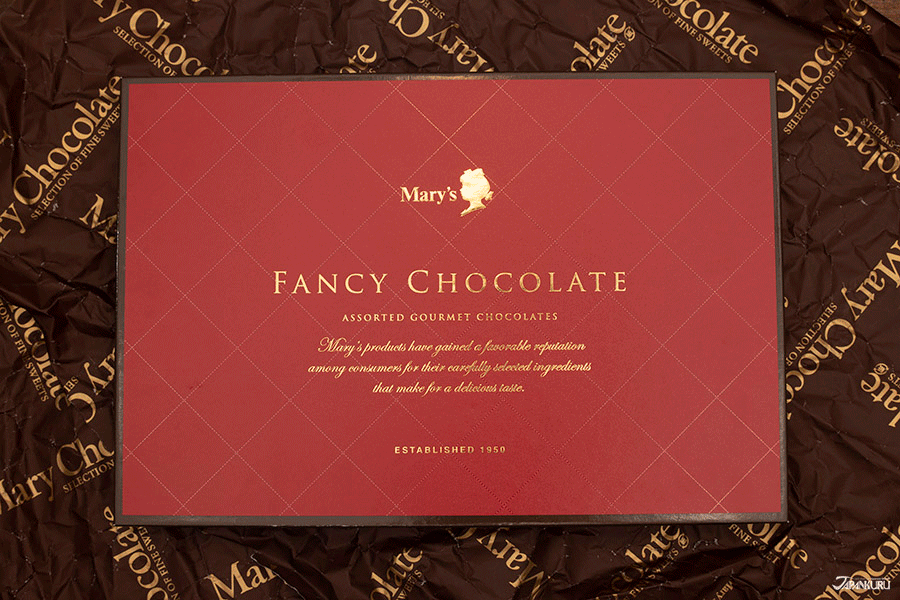


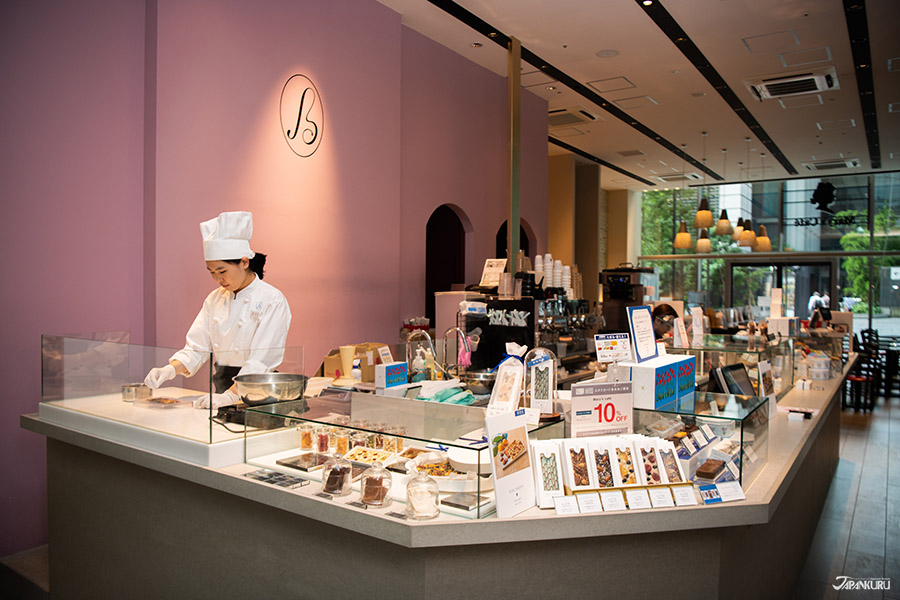
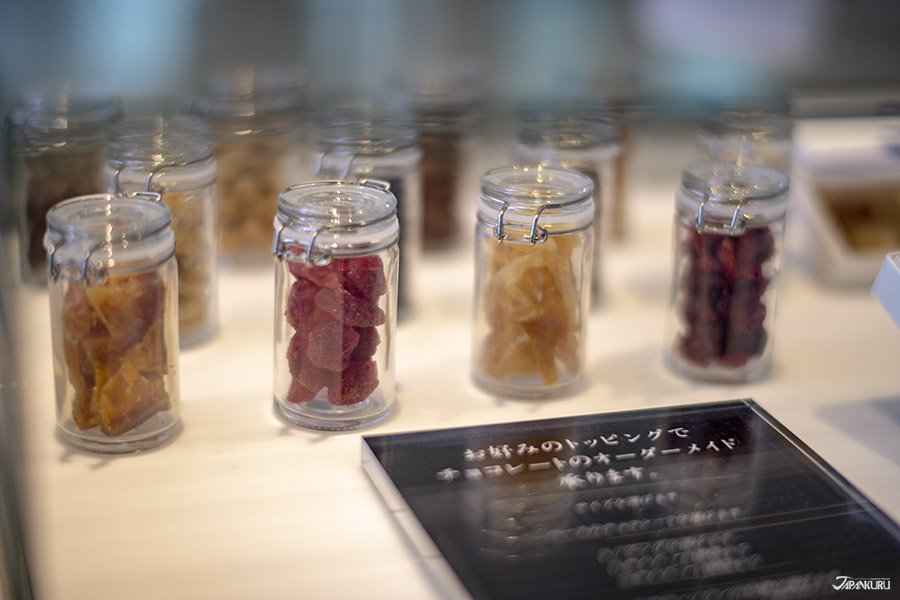
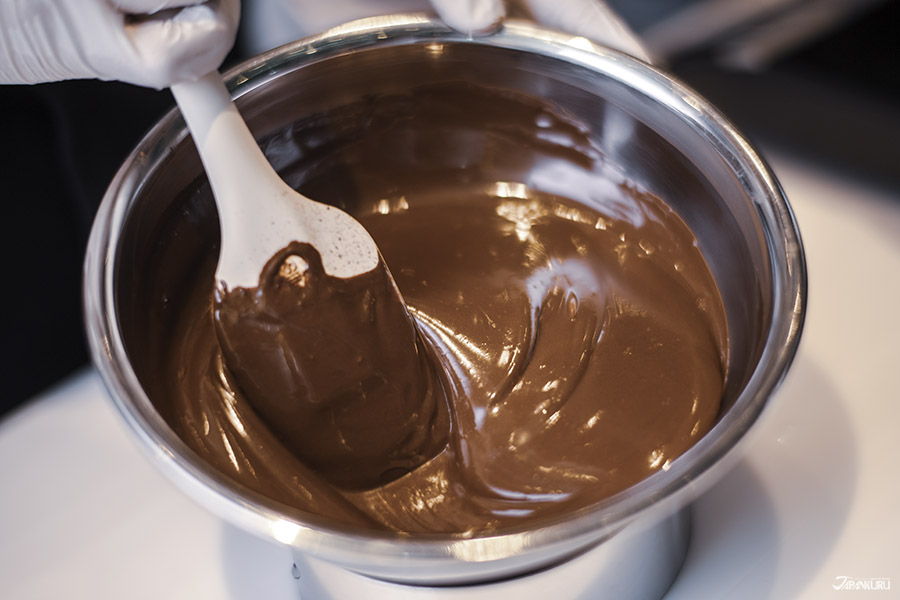
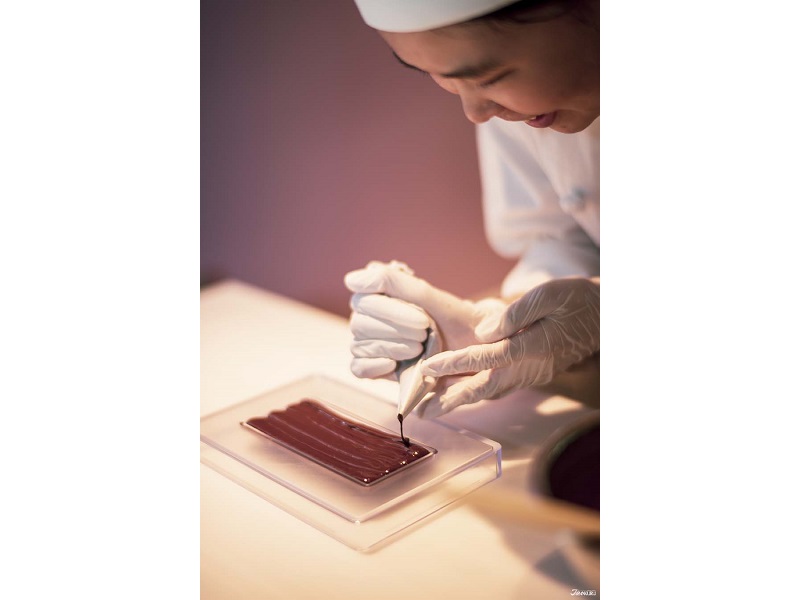
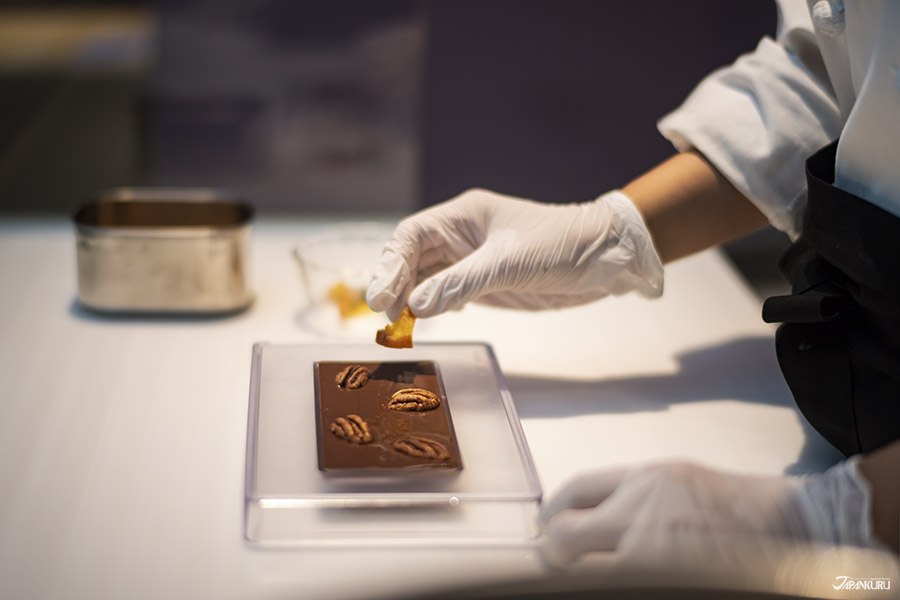
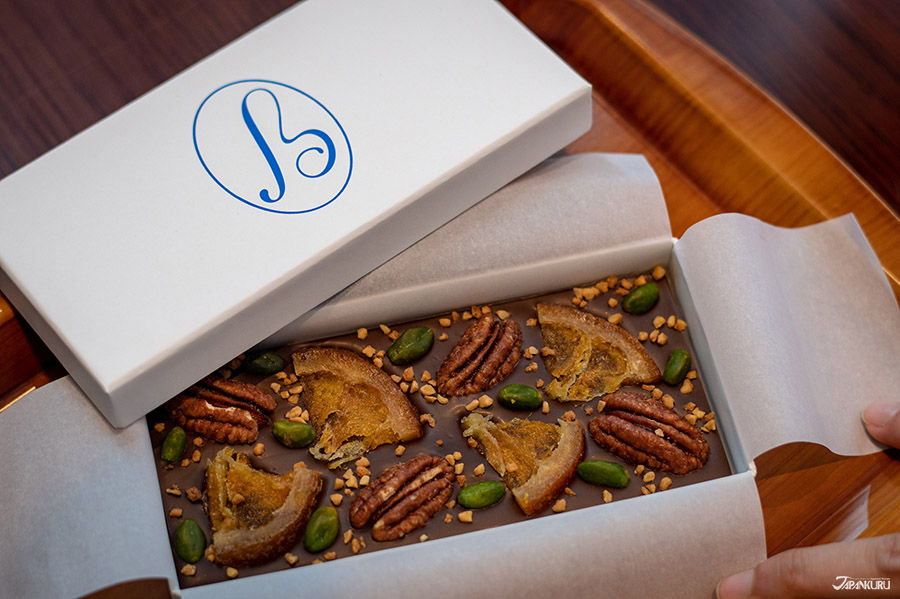

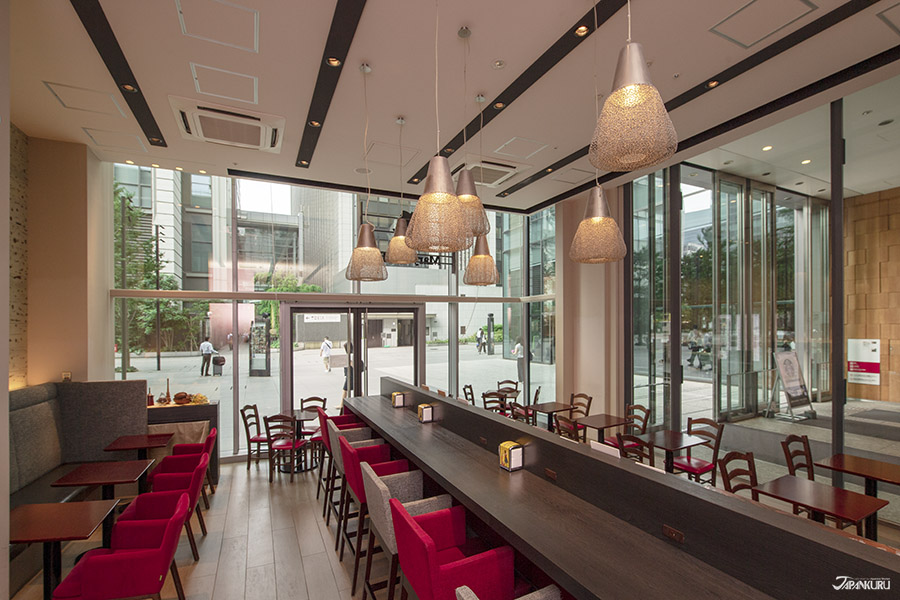

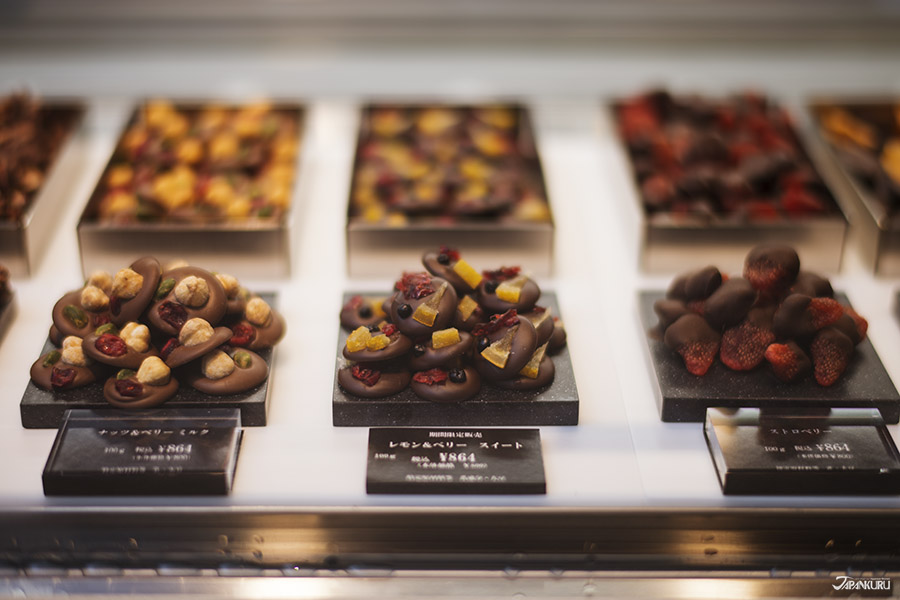
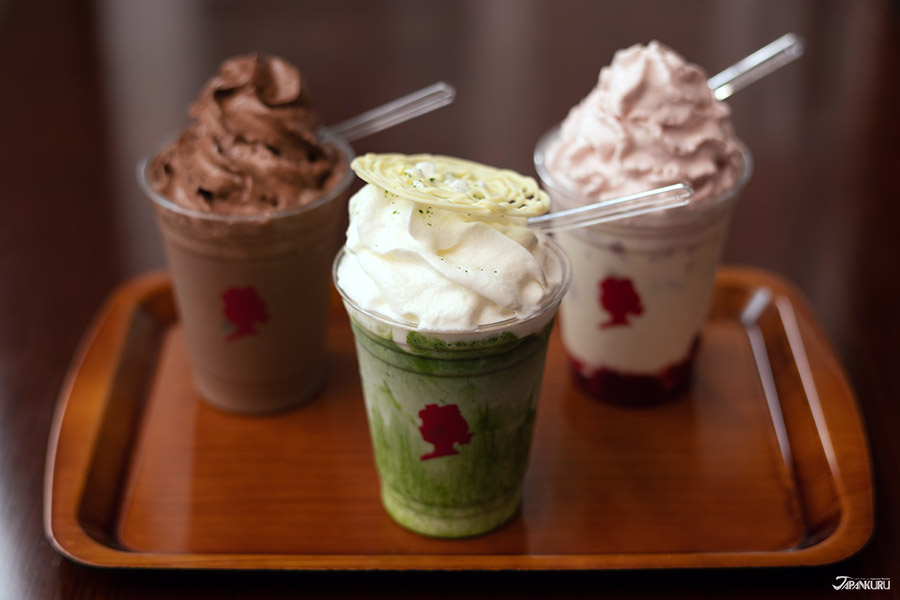
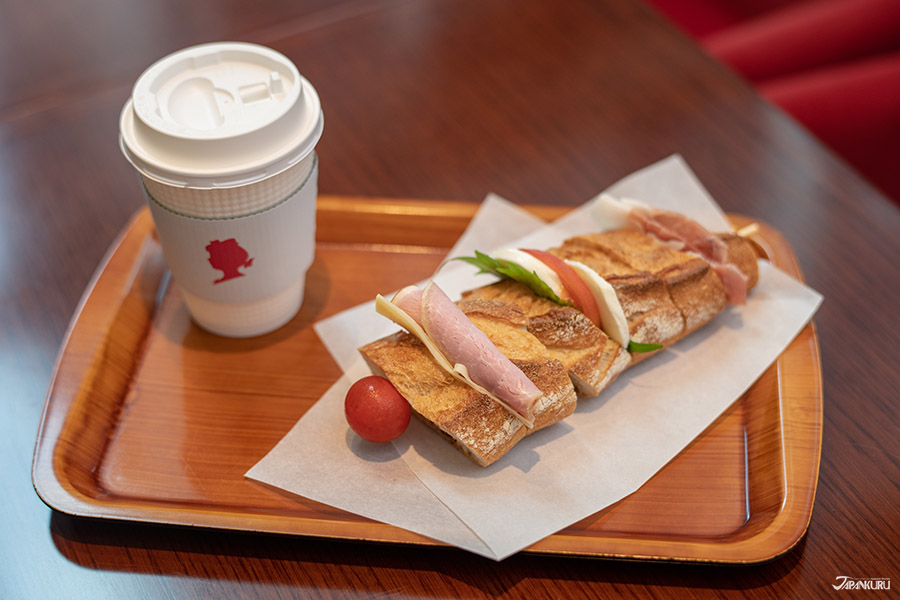
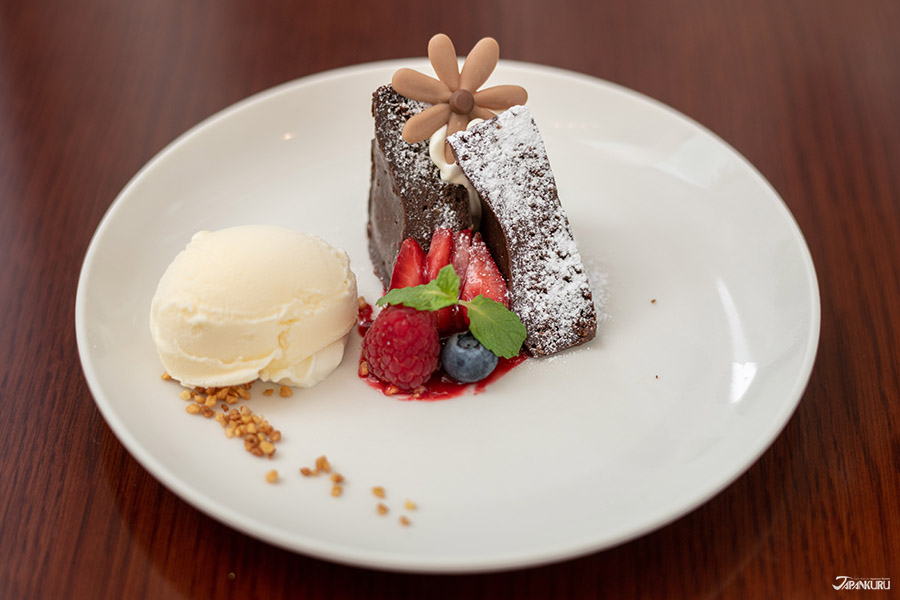

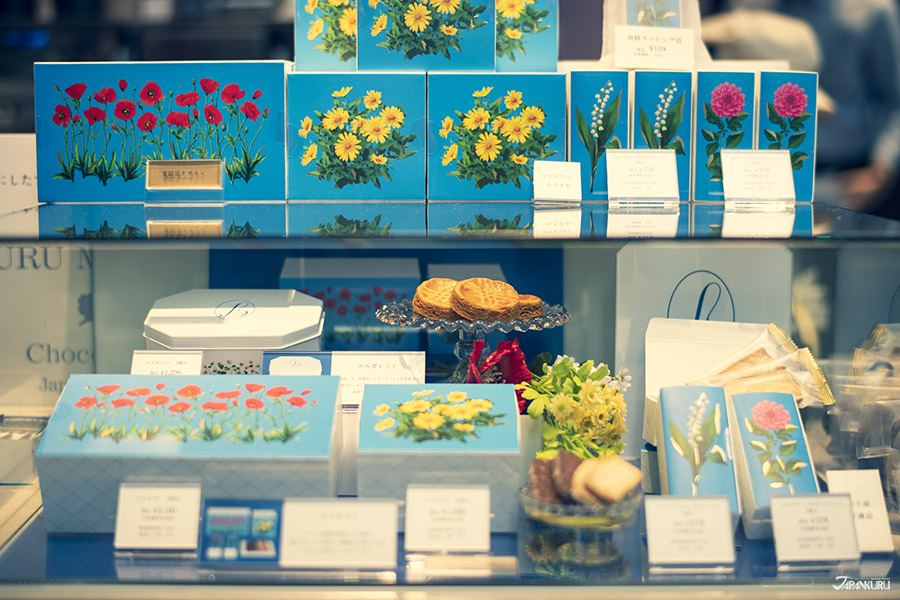

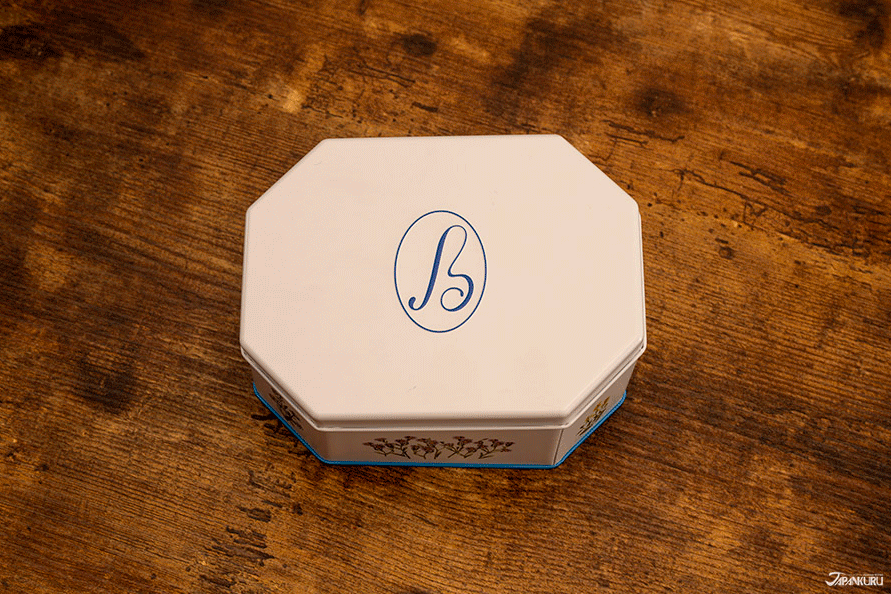
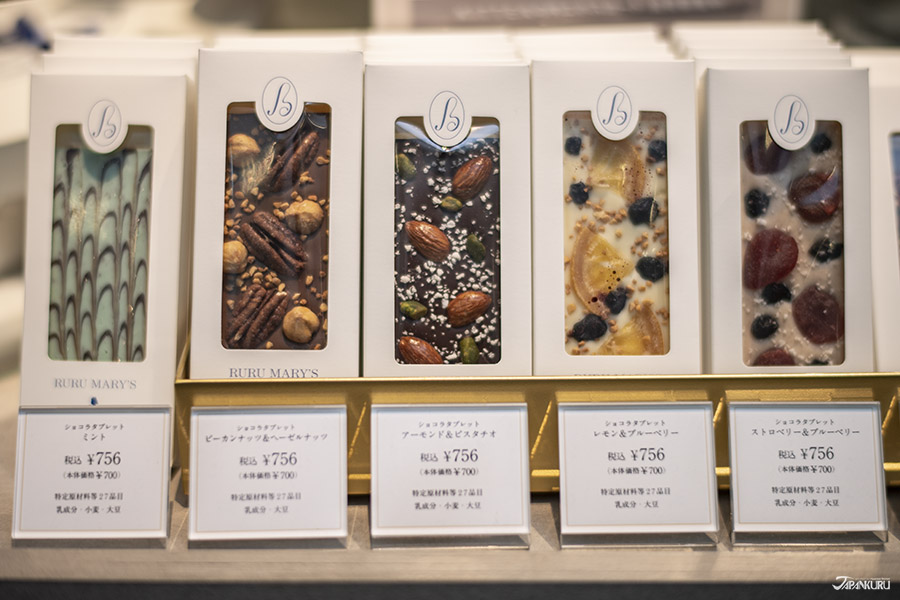
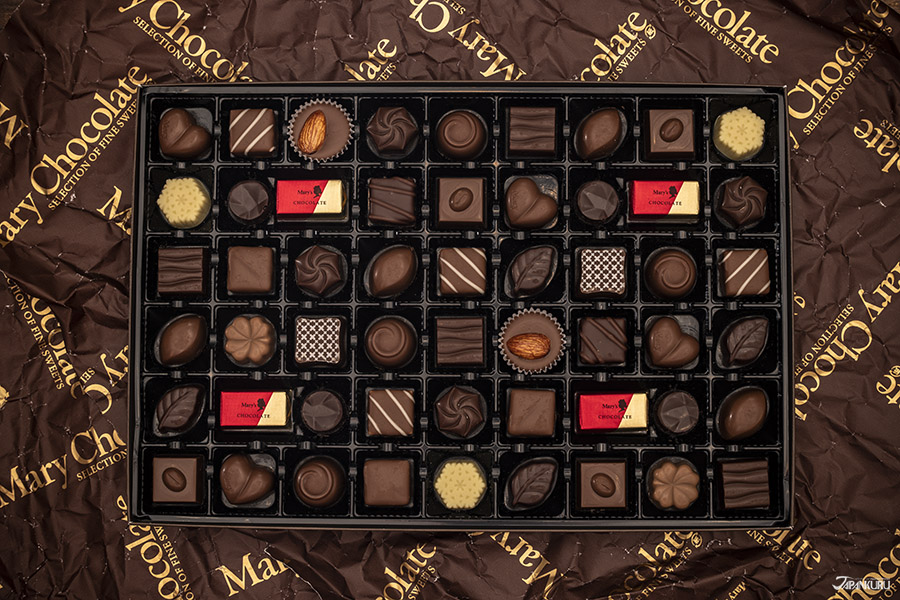





 >> Find out more at Japankuru.com! (link in bio)
#
>> Find out more at Japankuru.com! (link in bio)
#





 The Robot Restaurant is gone, but the Samurai Restaurant is here to take its place. Check it out, and don't forget your coupon!
The Robot Restaurant is gone, but the Samurai Restaurant is here to take its place. Check it out, and don't forget your coupon!
 신주쿠의 명소 로봇 레스토랑이 사무라이 레스토랑으로 부활! 절찬 쿠폰 발급중
신주쿠의 명소 로봇 레스토랑이 사무라이 레스토랑으로 부활! 절찬 쿠폰 발급중
 18歲以上才能入場的歌舞秀,和你想的不一樣!拿好優惠券去看看~
#tokyo #shinjuku #samurairestaurant #robotrestaurant #tokyotrip #도쿄여행 #신주쿠 #사무라이레스토랑 #이색체험 #할인이벤트 #歌舞伎町 #東京景點 #武士餐廳 #日本表演 #日本文化體驗 #japankuru #japantrip #japantravel #japanlovers #japan_of_insta
18歲以上才能入場的歌舞秀,和你想的不一樣!拿好優惠券去看看~
#tokyo #shinjuku #samurairestaurant #robotrestaurant #tokyotrip #도쿄여행 #신주쿠 #사무라이레스토랑 #이색체험 #할인이벤트 #歌舞伎町 #東京景點 #武士餐廳 #日本表演 #日本文化體驗 #japankuru #japantrip #japantravel #japanlovers #japan_of_insta
 코지마 x 빅 카메라 쿠폰으로 일본 가전 제품 쇼핑하기
#pr #japankuru #japanshopping #kojima #biccamera #japaneseskincare #yaman #dji #osmopocket3 #skincaredevice #日本購物 #美容儀 #相機 #雅萌 #日本家電 #일본여행 #면세 #여행꿀팁 #일본쇼핑리스트 #쿠폰 #일본쇼핑 #일본브랜드 #할인 #코지마 #빅카메라 #japankurucoupon
코지마 x 빅 카메라 쿠폰으로 일본 가전 제품 쇼핑하기
#pr #japankuru #japanshopping #kojima #biccamera #japaneseskincare #yaman #dji #osmopocket3 #skincaredevice #日本購物 #美容儀 #相機 #雅萌 #日本家電 #일본여행 #면세 #여행꿀팁 #일본쇼핑리스트 #쿠폰 #일본쇼핑 #일본브랜드 #할인 #코지마 #빅카메라 #japankurucoupon
































 Oita Hello Kitty Airport
Oita Hello Kitty Airport  Lands April 13th
Lands April 13th









